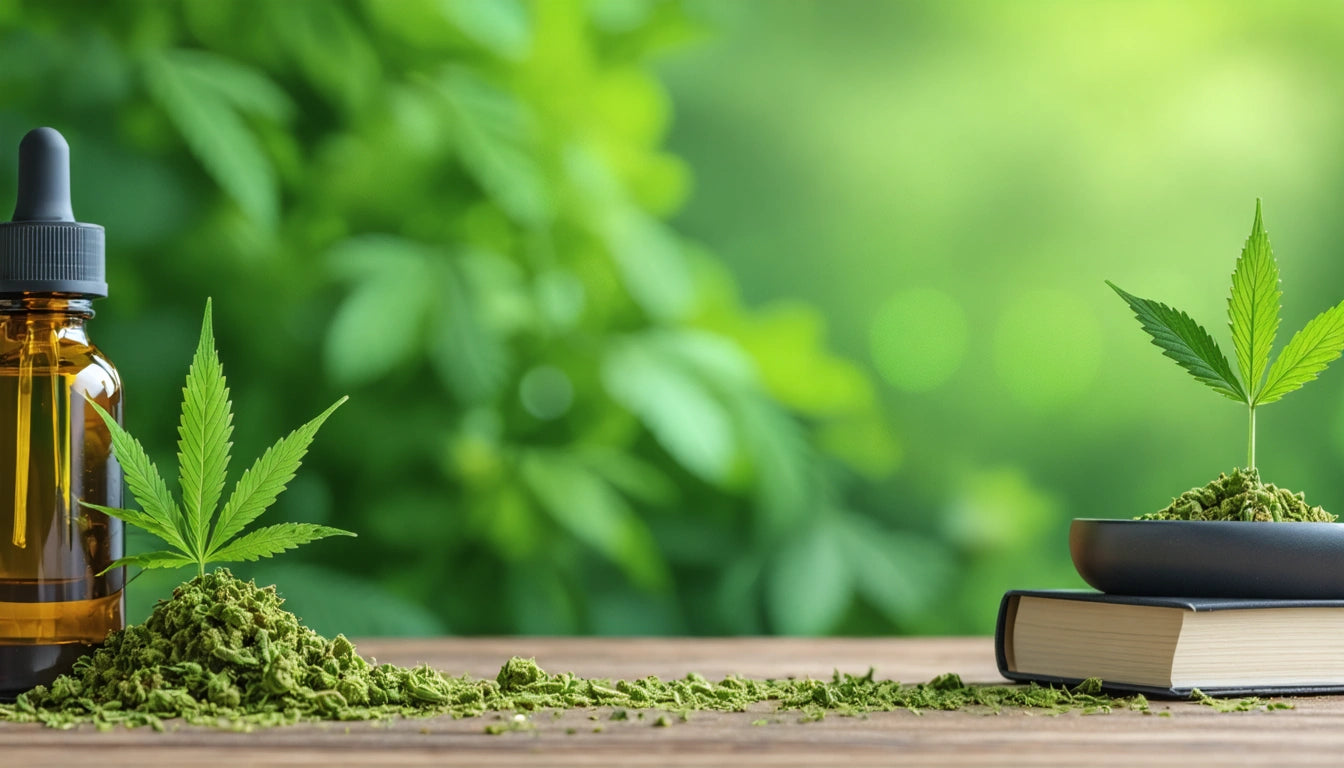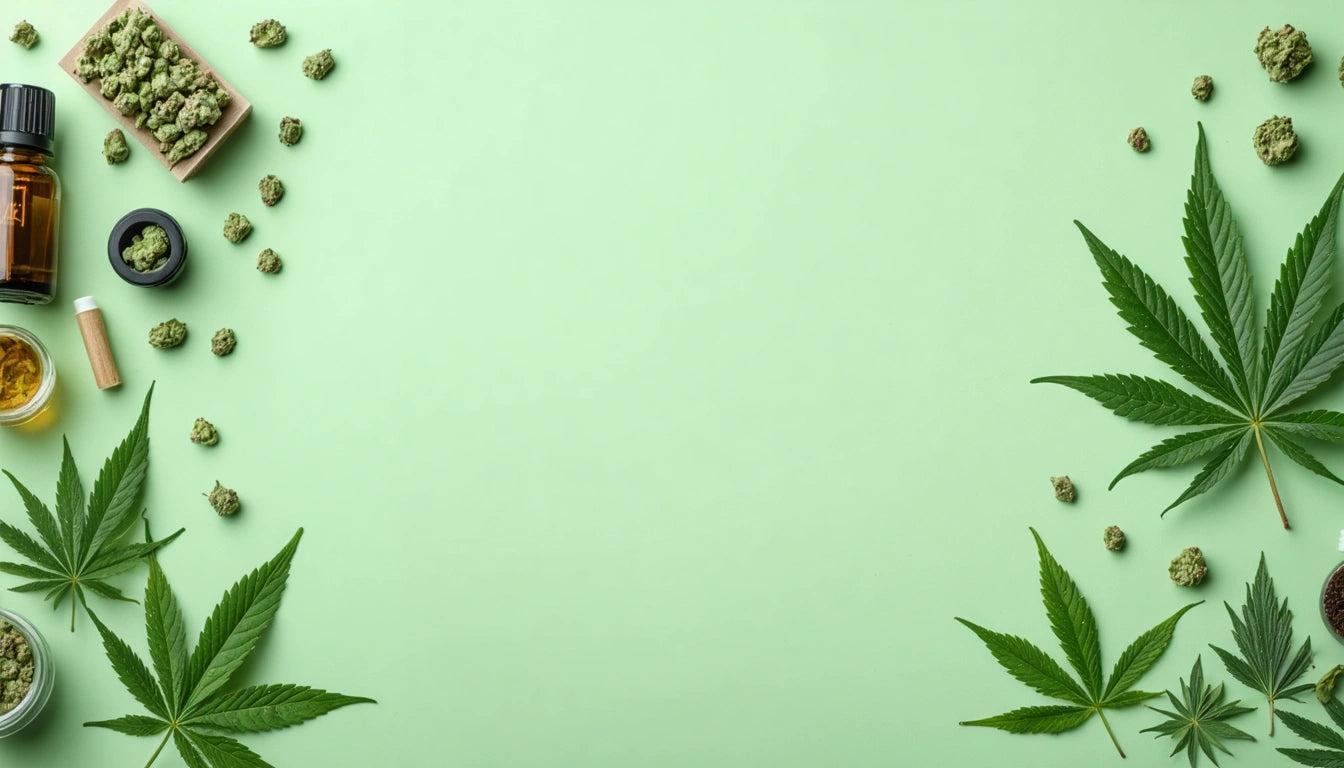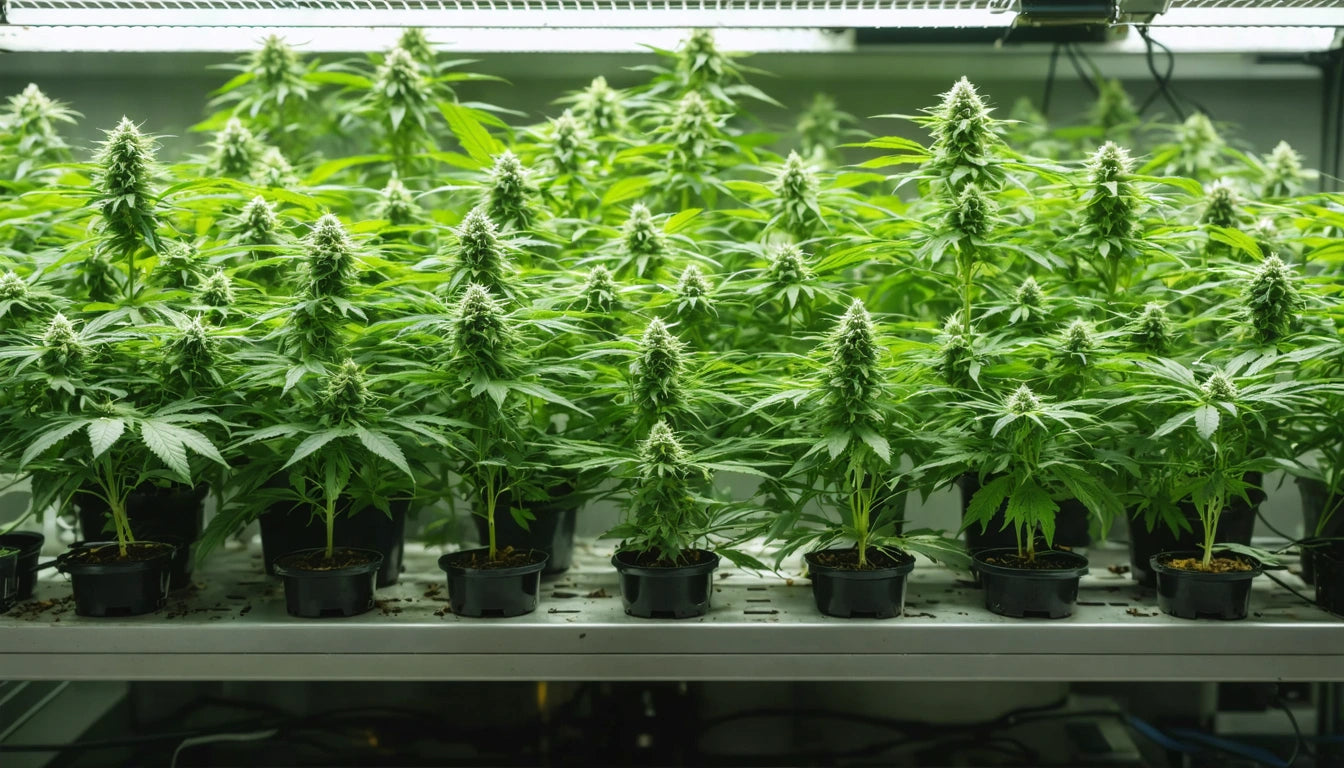Table of Contents
The cannabis industry faces a unique challenge: creating packaging that protects children while also protecting the planet. As regulations tighten and consumer awareness of environmental issues grows, brands are increasingly asking whether truly eco-friendly child-resistant packaging is possible or merely aspirational.
Understanding Child-Resistant Packaging Requirements
Before exploring sustainability options, it's essential to understand what makes packaging child-resistant. According to definitions and standards, child-resistant packaging must prevent 85% of children under five from opening it within a specified testing period while remaining accessible to adults.
These requirements aren't optional. As detailed in state-by-state packaging laws, compliance is mandatory across jurisdictions, with variations in specific requirements by product type and local regulations.
Common CR Mechanisms
Several mechanisms achieve child resistance, including:
- Push-and-turn caps
- Squeeze-and-pull containers
- Slide-lock boxes
- Pinch-and-pull pouches
Each mechanism presents different challenges for sustainability, as explored in this overview of CR mechanisms.
Challenges in Creating Eco-Friendly CR Packaging
The primary challenge lies in the materials traditionally used for child-resistant features. Many CR mechanisms rely on plastic components that are difficult to recycle or aren't accepted in standard recycling programs. Additionally, multi-material packaging (combining paper, plastic, and metal) complicates recycling efforts.
Another significant hurdle is durability. Sustainable materials must maintain their child-resistant properties throughout the product lifecycle, which can be difficult with biodegradable options that may degrade under certain conditions.
Sustainable Materials and CR Mechanisms
Despite these challenges, several promising materials and approaches are emerging:
Bioplastics
Derived from renewable resources like corn starch or sugarcane, bioplastics can be molded into child-resistant caps and containers. While not perfect, they offer a reduced carbon footprint compared to petroleum-based plastics.
Recyclable Mono-Materials
Packaging designed using a single material type simplifies recycling. For example, all-paper packaging with clever folding mechanisms can achieve child resistance without plastic components.
Hemp-Based Packaging
Hemp fiber can be formed into durable, biodegradable packaging materials that meet CR requirements when properly designed. This option is particularly fitting for the cannabis industry, creating a closed-loop system.
For brands concerned about precise measurements when filling these sustainable containers, accurate digital scales for cannabis operations can ensure consistent product amounts while minimizing waste.
Balancing Sustainability with Compliance
Finding the balance between environmental responsibility and regulatory compliance requires careful consideration. As outlined in our guide on eco-friendly CR packaging, several approaches can help strike this balance:
Reusable Designs
Creating durable, reusable packaging reduces overall waste, even if the materials aren't biodegradable. Reusable and refillable CR options can satisfy both safety and sustainability goals when designed thoughtfully.
Minimalist Approach
Using less material overall is inherently more sustainable. Minimalist CR packaging that eliminates unnecessary components while maintaining safety features reduces environmental impact.
Innovative Solutions in Eco-Friendly CR Packaging
Innovation is driving new possibilities in sustainable CR packaging:
- Water-soluble films that dissolve after use
- Mushroom-based packaging materials that are fully compostable
- Recycled ocean plastic transformed into CR containers
- Paper-based push-and-turn mechanisms
These innovations show that with creative engineering, the industry can move closer to truly sustainable solutions without compromising child safety.
When implementing these solutions, brands should consider how to integrate CR features into branded designs to maintain brand identity while embracing sustainability.
The Future of Sustainable Child-Resistant Packaging
The cannabis packaging industry continues to evolve, with sustainability becoming increasingly central to innovation. Looking forward, we can expect:
- Regulatory frameworks that better accommodate sustainable materials while maintaining safety standards
- Increased consumer willingness to pay premium prices for truly sustainable packaging
- Advances in material science creating new options that are both child-resistant and eco-friendly
- Industry-wide collaboration on recycling and reuse programs specific to cannabis packaging
While perfect solutions may not yet exist, the trajectory is clear: eco-friendly child-resistant packaging isn't just possible, it's becoming essential. Brands that invest in sustainable CR innovations now will likely find themselves ahead of both regulatory curves and consumer expectations in the coming years.
By approaching the challenge with creativity and commitment, the cannabis industry has the opportunity to become a leader in sustainable packaging innovation, proving that protection, for both children and the environment, can go hand in hand.











Leave a comment
All comments are moderated before being published.
This site is protected by hCaptcha and the hCaptcha Privacy Policy and Terms of Service apply.